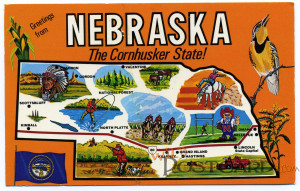
Veteran Hiring
According to new data released by the Bureau of Labor Statistics, the unemployment rate among U.S. veterans declined in 2014.
The report explained that last year’s average unemployment rate for former service members in the U.S. was 5.3 percent, much lower than 2013’s rate of 6.6 percent. Demographically, the jobless rate for male vets dropped to 5.2 percent, while unemployment among female veterans declined to around 6 percent. According to the Washington Post, last year marked the fourth consecutive year of improvement for veteran unemployment. Reuters noted that even though veteran unemployment rates remain above non-military averages, they have come a long way in recent years. Just four years ago, veteran unemployment was at a record-high 12 percent.
This improvement was largely due to increased government hiring of vets, explained the Washington Post. About 33 percent of people hired for federal and state positions last year were veterans. This impressive statistic is largely caused by an executive order that President Obama signed in 2009, encouraging federal agencies to put more of an emphasis on recruiting and hiring service members.
Younger veterans are still finding the post-service job market challenging, however, explained the Post. Veterans that served after 9/11 ended 2014 with an unemployment rate of 7.2 percent. The source explained that despite these young soldiers having an arsenal of transferable skills, such as leadership, quick-thinking and discipline, they are usually not adept at showcasing these in a professional civilian setting. Additionally, many of them spent long periods of time overseas, and recent studies have shown it is much harder for people to find work once they return home, noted Reuters.
Many new job initiatives have been created with the goal of helping these recently discharged military members get on a career path to success with the hopes of closing the disproportionately large veteran unemployment gap.



